Tadaima CALLIGRAPHY
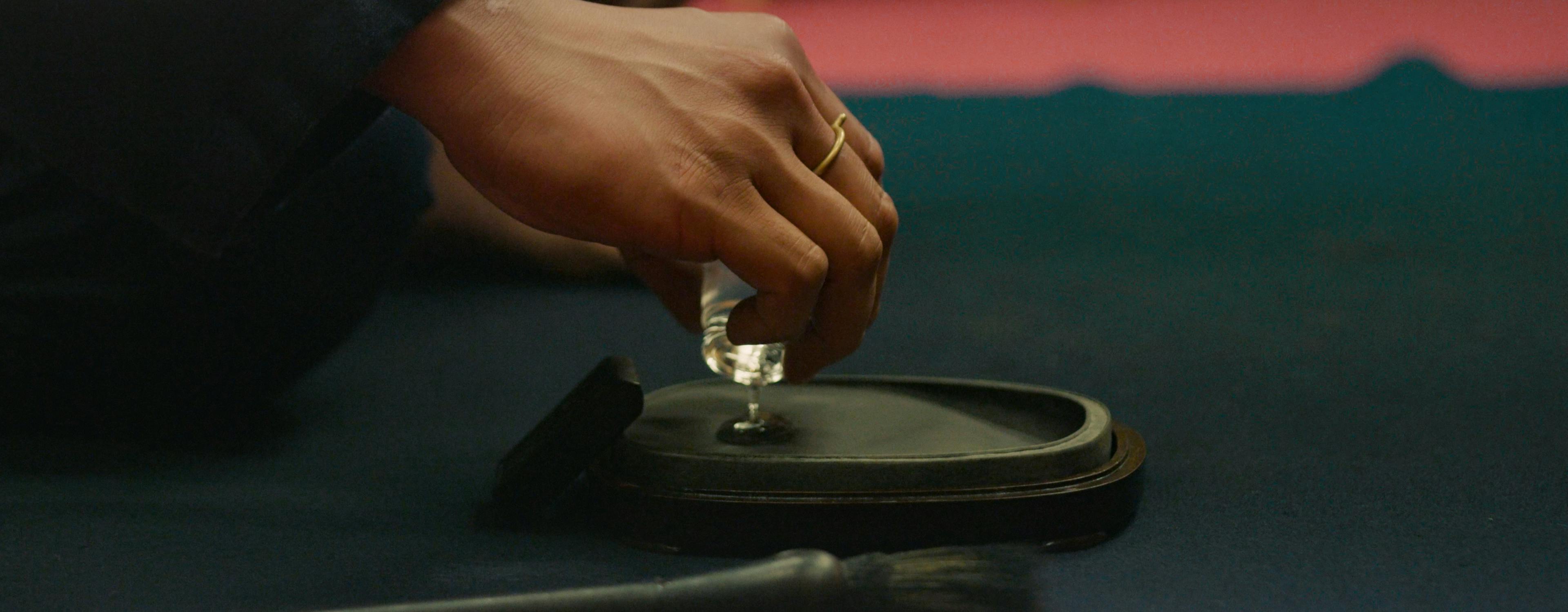
- Digital
- Editorial
- video
Second piece of a series of spontaneous night encounters, seized and captured by Issam Kechouri.
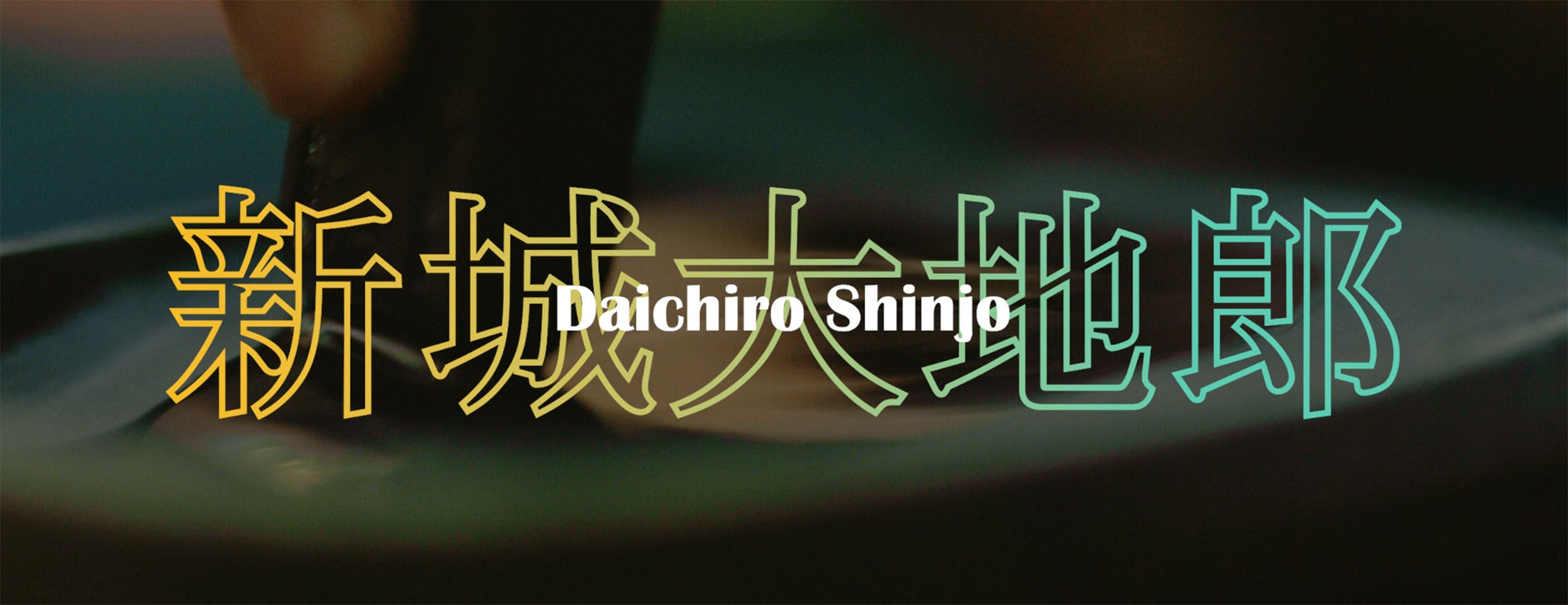
For many foreigners who pass through or settle in Tokyo, the bijou drinking holes which line the streets have been the catalyst for their love affair with Japan.
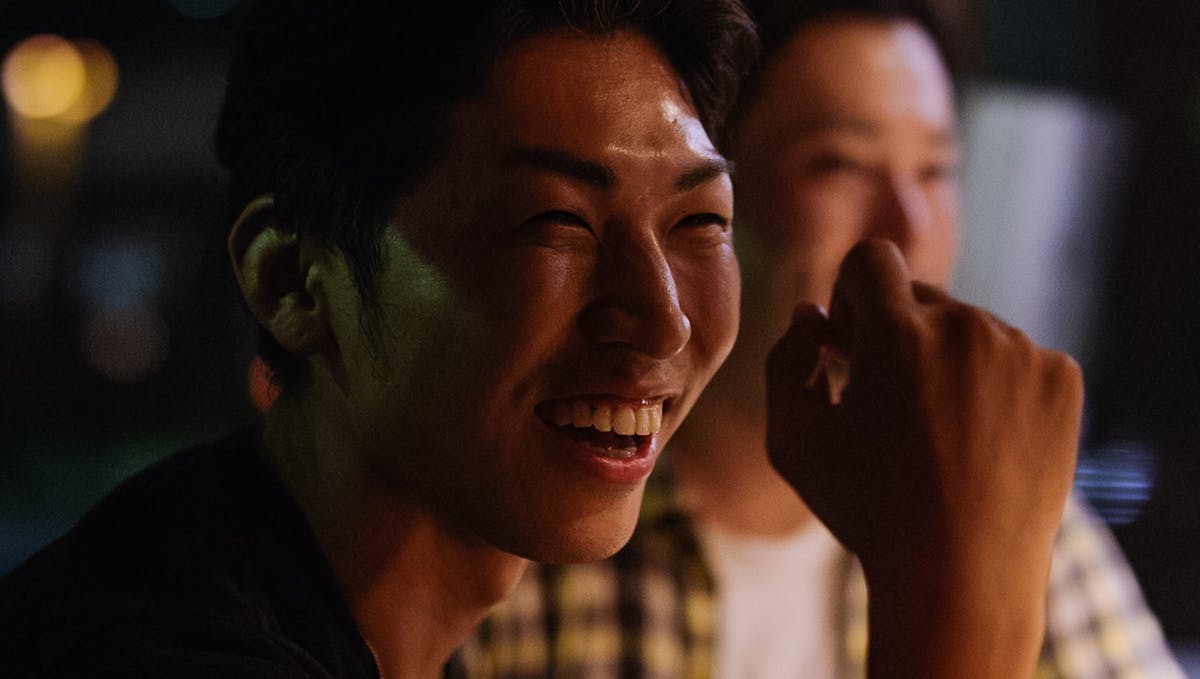
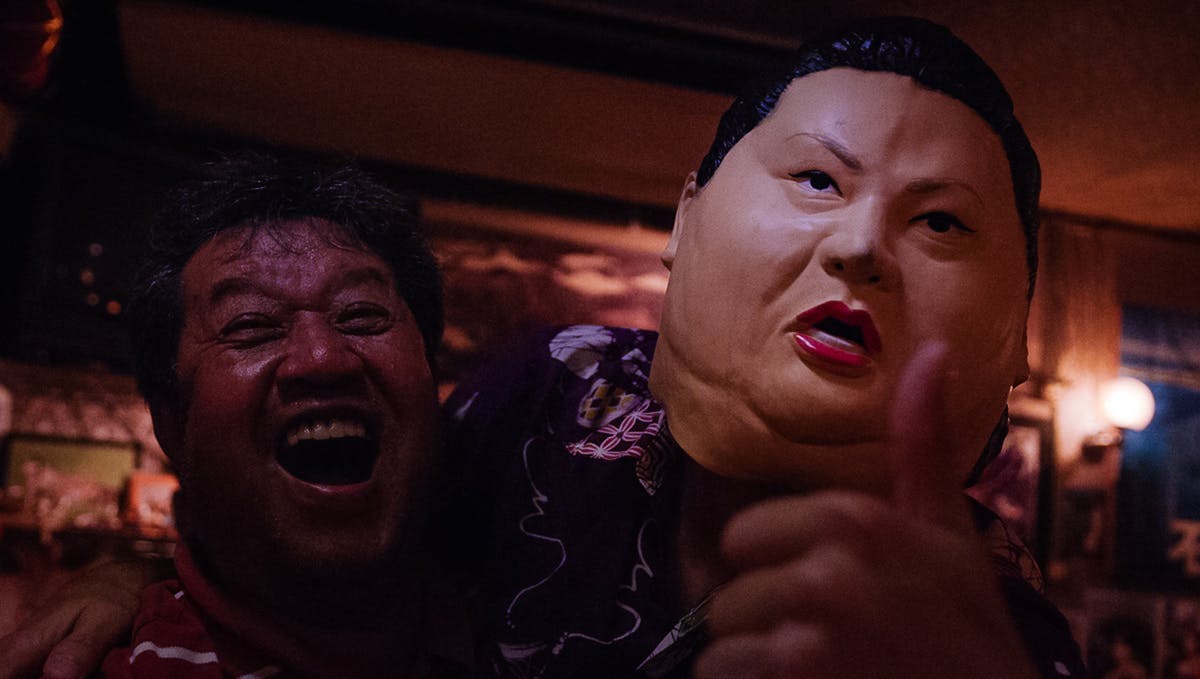
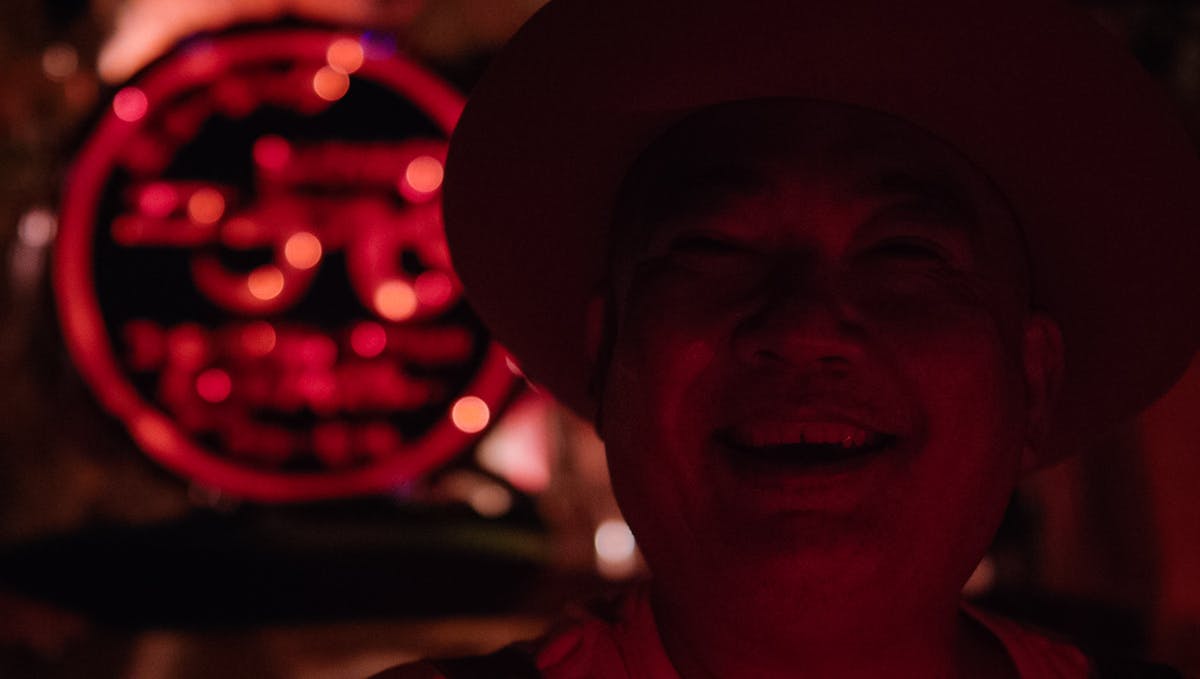
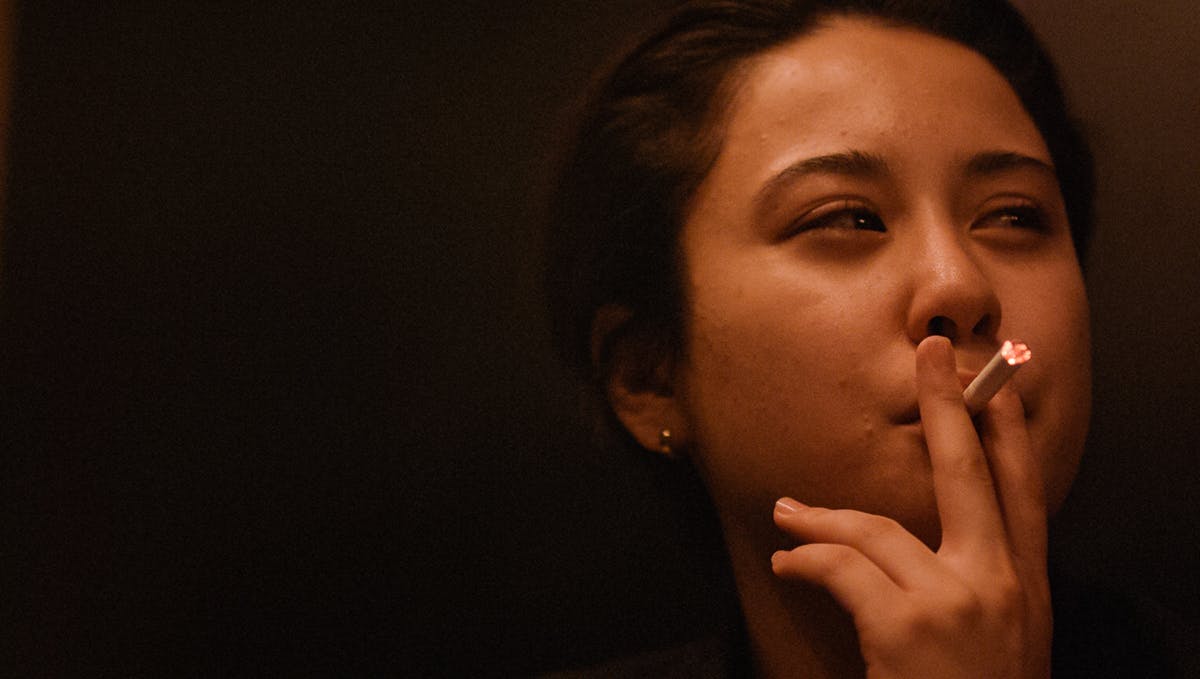
For many foreigners who pass through or settle in Tokyo, the bijou drinking holes which line the streets have been the catalyst for their love affair with Japan.
For director Issam Kechouri, it was within the walls of Tokyo's hole-in-the-wall bars where creative inspiration was poured from the individuals that he met.
Formerly from France, Issam worked in multimedia industries in Paris and Canada before settling in the Japanese metropolis. The opportunity to improve his Japanese allowed him to absorb the stories, dreams, and visions of creative individuals in the intimate comfort of a bar.
Fascinated by documentary filmmaking and the individuality of artists, Issam's most recent project, Tadaima, is a collection of videos and stills which focus on an opportunistic form of collaboration.
A direct translation of Tadaima is "right now," but has the cultural connotation of meaning, "I'm home."
This term has an emotional characteristic for Issam and constitutes a metaphor intrinsically linked to his experience of living in Japan.
To him, it represents his passion for the introductions he makes with unique individuals, as though it were a destined opportunity for collaboration. A sense of feeling at home with a stranger and sharing their stories with the lens of his camera in the immediate moment of their encounter.
This, to Issam, is Tadaima.
After a year in the capital, Issam's love for his new home country had blossomed into a will to explore areas outside of the capital. In September, he decided to take a city break to one of Okinawa's islands of paradise. After landing in Miyakojima at night, he heard of the pending typhoon, which hit the island the following day. After finally finding a vacant hotel room, Issam decided to take to the streets of the island in search of a story.
At the Pisara Bar , the friendly bartender Kaji-san introduced him to his neighbors at the counter, including calligraphic artist, Daichiro Shinjo.
The two engaged in lengthy conversations, in a mixture of Japanese and English, and discovered many common interests. Issam decided to ask Daichiro-san to collaborate, immediately, to capture their meeting's spontaneity and their respective passions for their art. After professing interest in the idea, but admitting having too much to drink for the occasion, they decided to meet the following day again.
The next day, as the typhoon gradually worsened and their heads felt the effects of the previous evening's drinking, they decided to postpone again to allow Daichiro-san's grandfather to be involved in the piece.
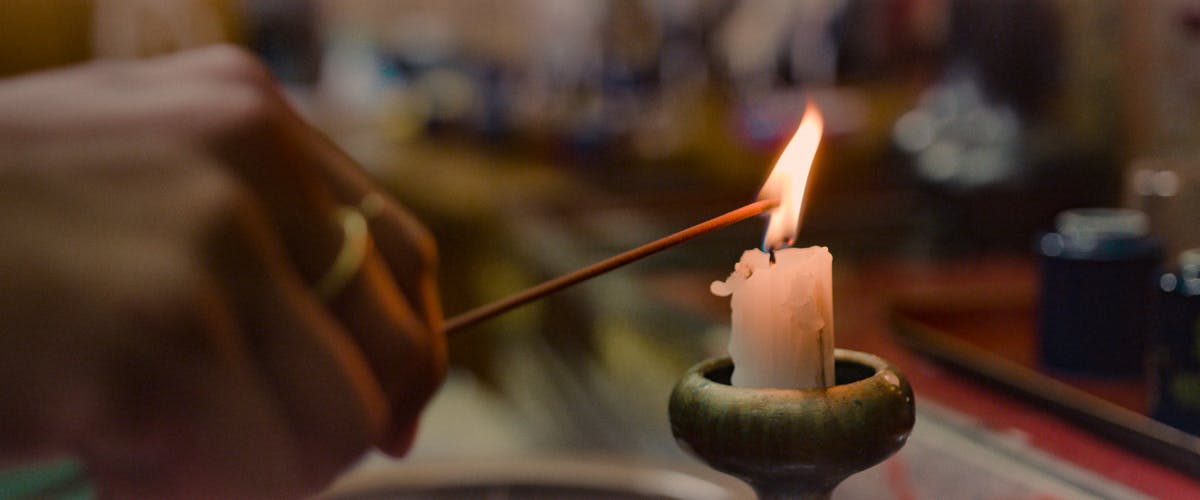
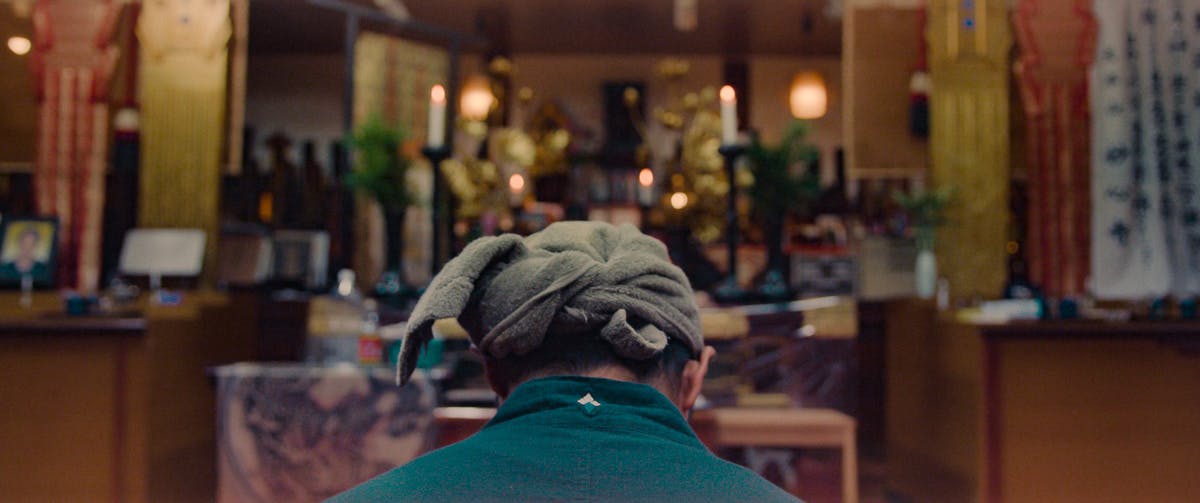
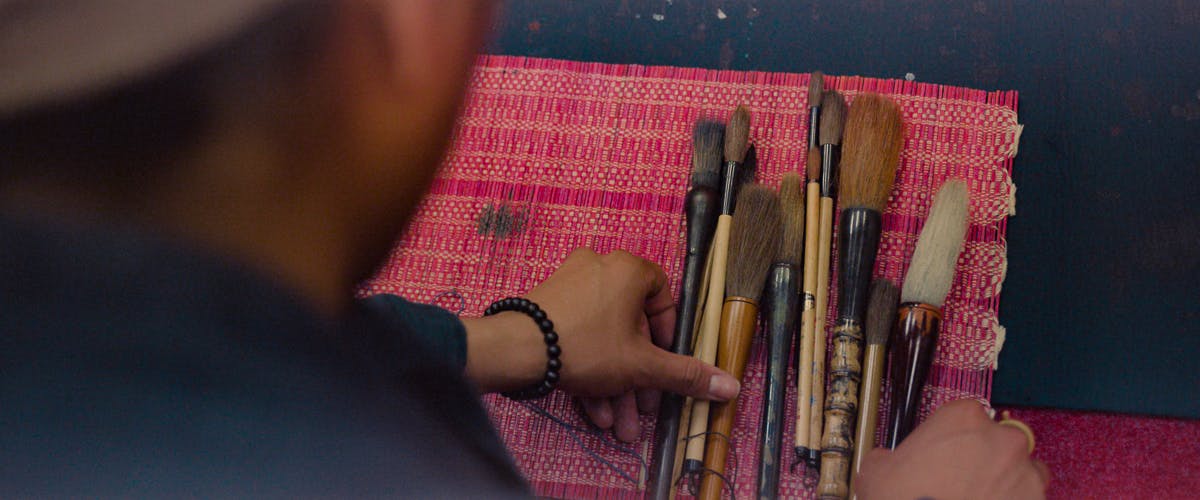
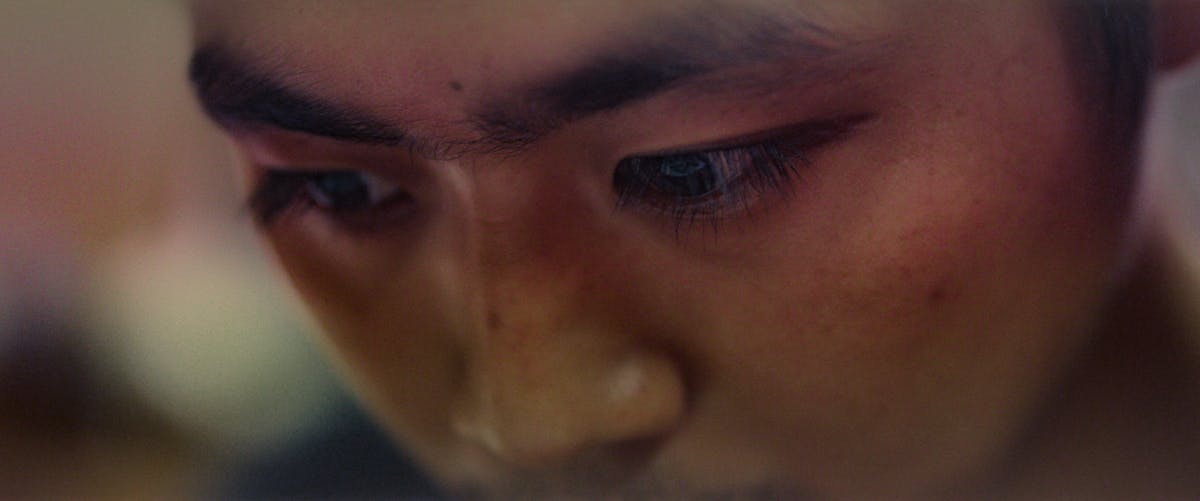
Daichiro-san's grandfather is a Buddhist monk, and they met the following evening in front of a historic Buddhist temple dating back to 1611.
Issam was filled with awe at the beauty and peace of the shooting location. The significance of the location and the presence of Daichiro-san and his grandfather gave the filming of the video an emotional backdrop: two generations making art in a haven of spirituality, safe from the dramatic weather outside of its doors.
"Why do I do calligraphy?"
Daichiro Shinjo is a calligraphic artist from Okinawa who focuses on bringing his ancient art form into the twenty-first century.
Also known as Shodo (書道), calligraphy plays a significant role in the history of Japan's art and traditions. It also has major significance to Daichiro-san, an architecture graduate, as it allows him to deal with themes and words which are spontaneous but also a way to approach the depth of time.
It is a means to interpret tradition in a way that highlights the contradictions between himself and society, an art that links him to his roots while he simultaneously speaks to the future.
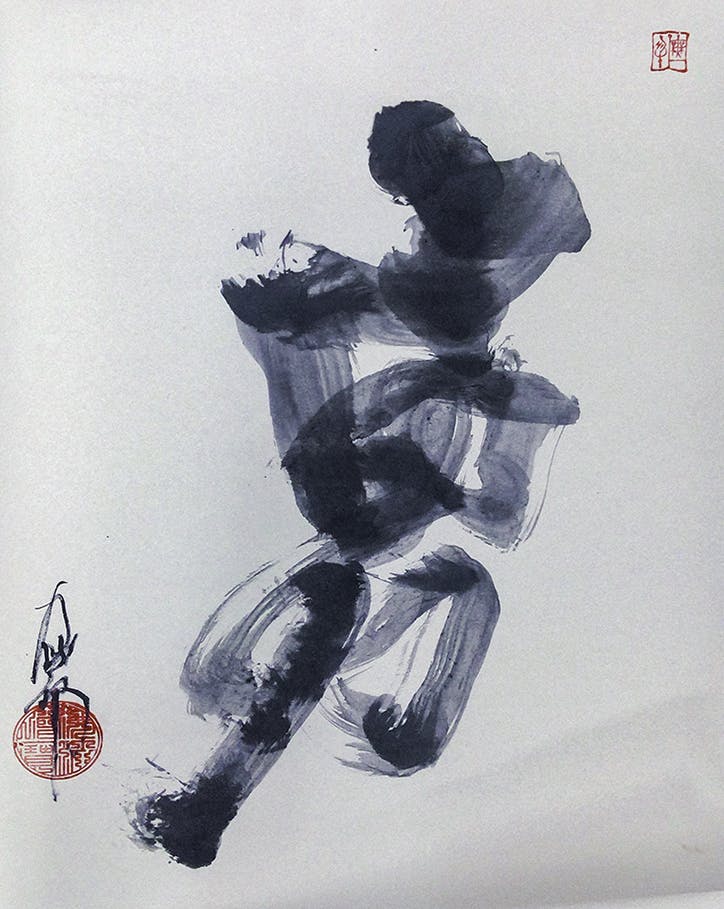
Issam is an arabic name that is originally pronounced ‘Eïssam’. In France, its pronunciation differs to Issam and in Japan it becomes Issamu - which turns out to be a commun Japanese name that can be written 勇 in kanji. This drawing is a gift from Daichiro to Issam, a unique piece of paper with his Japanese name captured in ink and strokes. And the memory of a very special encounter.
As one collaboration comes to an end, the Tadaima project goes on. With new locations to fall in love with, different individuals to inspire, and perhaps a different cocktail to be had, who will cross Issam's path next?
Team
Performance by Daichiro Shinjo
Director & Editor - Issam Kechouri
Sound Design - Romain Guedj
Color Grade - Max Golomidov
Music - '0:59' by Danger
Title Design - Jeremie Leonard
Post-production Producer - Julie Guillot
Copywriting - Francesca Roberts
Editorial Design - Julie Guillot
Special Thanks to Kaji Wara